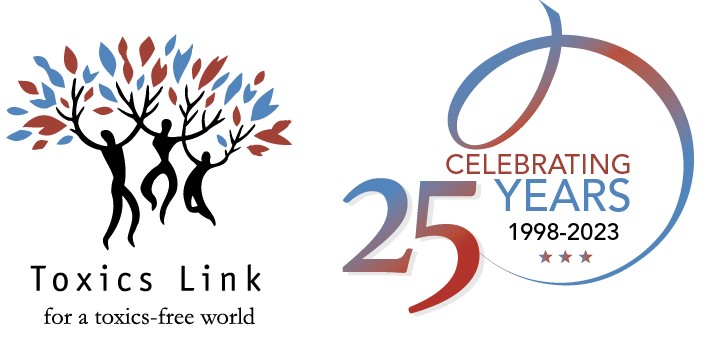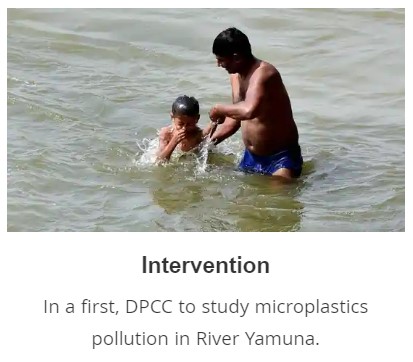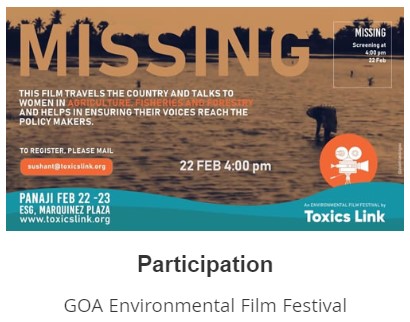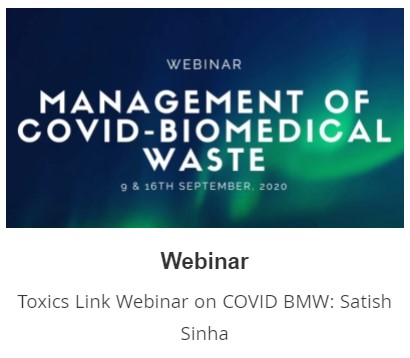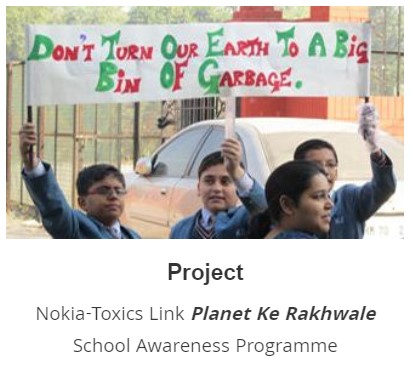Status of e-waste in the country
GOVERNMENT OF INDIA
MINISTRY OF ENVIRONMENT, FOREST AND CLIMATE CHANGE
RAJYA SABHA
UNSTARRED QUESTION NO. 2426
TO BE ANSWERED ON 10.08.2023
Status of e-waste in the country
2426. SHRI S. SELVAGANABATHY:
Will the Minister of ENVIRONMENT, FOREST AND CLIMATE CHANGE be pleased to state:
(a) the quantum of e-waste generated and the percentage of e-waste recycled in the country during the last three years, State-wise;
(b) whether Government has published any e-waste management manual for effective disposal of e-waste;
(c) whether the unorganized e-waste processing units operating without proper guidelines, precautions or norms have caused serious environmental hazards to the surrounding areas;
(d) if so, the action proposed to be taken to control the environmental damage caused by E-waste; and
(e) whether Government has conducted a survey to understand e-waste production in the country and its future impact on health and environment and if so, the details thereof?
ANSWER
MINISTER OF STATE IN THE MINISTRY OF ENVIRONMENT, FOREST AND CLIMATE CHANGE(SHRI ASHWINI KUMAR CHOUBEY)
(a) & (b) The Central Pollution Control Board (CPCB) estimates the e-waste generation at national level based on the countrywide sales data provided by producers, and average life of notified electrical and electronic equipment (EEE), as mandated under the E-waste Management Rules, 2016. As per the CPCB, e-waste generated and Quantity & percentage of e-waste collected, dismantled and recycled / disposed in the country from twenty-one (21) types of EEE notified under the E-Waste (Management) Rules, 2016 during the last three years is given below:
| Financial Year | Generation | Quantity of e-waste collected, dismantled and recycled / disposed | (Tonne) (Tonne) (%) |
| 2019-20 | 10,14,961.21 | 2,24,041.0 | 22.07 |
| 2020-21 | 13,46,496.31 | 3,54,291.22 | 26.31 |
| 2021-22 | 16,01,155.36 | 5,27,131.57 | 32.92 |
Ministry has comprehensively revised the E-Waste (Management) Rules, 2016 and notified the E-Waste (Management) Rules, 2022 in November, 2022 and the same is in force since 1st April, 2023. These new rules intend to manage e-waste in an environmentally sound manner and put in place an improved Extended Producer Responsibility (EPR) regime for e- waste recycling wherein all the manufacturer, producer, refurbisher and recycler are required to register on portal developed by CPCB. The new provisions would facilitate and channelize the informal sector to formal sector for doing business and ensure recycling of E-waste in Environmentally sound manner. Provisions for environmental compensation and verification & audit has also been introduced. These rules also promote Circular Economy through EPR Regime and scientific recycling/disposal of the e-waste. (c) to (e) The electrical and electronic equipment after their useful life when they become e-waste, may not cause any harm to health and environment if it is stored and processed in scientific and environmentally sound manner. However, if un-scientific and crude methods are used for processing for retrieval of useful components or material or if the material is disposed in open, then it may cause health risks and damage to environment. Looking to the impact of e-waste on health and environment, the Government had notified E-Waste (Management) Rules, 2016. Further, Ministry has comprehensively revised the previous set of Rules and notified the E-Waste (Management) Rules, 2022 in November, 2022 and the same is in force since 1st April, 2023. Under these rules, collection and processing of e-waste can be carried out only by registered producers, recyclers and refurbisher.
Central Pollution Control Board (CPCB) advised State Pollution Control Boards (SPCBs) /Pollution Control Committees (PCCs) to carry out regular drives for checking e-waste processing in informal sector time to time. Actions, such as, constitution of teams for carrying out drives, issuing of notices, closure of operation, seizing the e-waste against the informal processing are being taken by the respective SPCBs/PCCs. CPCB has estimated generation of e-waste based on the sales data and average life of notified EEE.
